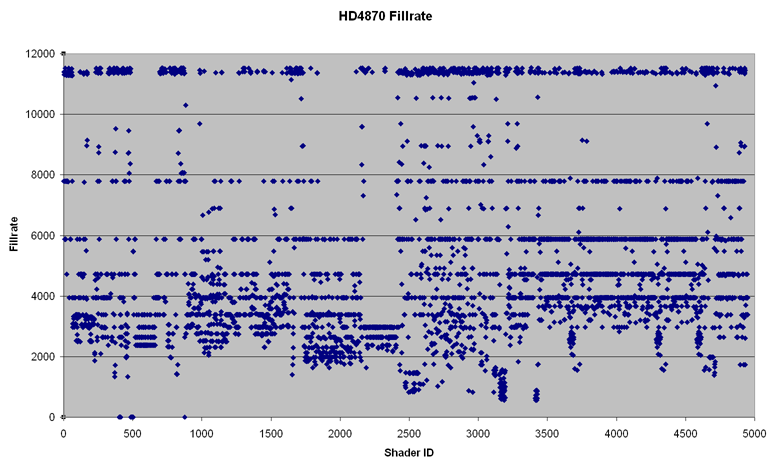Some hints about the RV970 ?
1 hand = 5 digits, 4 "fingers" and 1 "thumb".

Lucid HYDRA 200 Details With AMD, Lucid & NVIDIA
1 SP = 5 ALU, 4 "regular" and 1 "fat".Hundred hands... maybe they want people to assume they are staying with their current shader setup, since every hand has 5 fingers?
1 hand = 5 digits, 4 "fingers" and 1 "thumb".
Lucid HYDRA 200 Details With AMD, Lucid & NVIDIA
Legit Reviews: Lucid recently said that GPU frame rendering methods that are being used by both ATI and NVIDIA were primitive and that you are limited by AFR [Alternate Frame Rendering] and SFR [Split Frame Rendering]. Is this true?
AMD: If there are new multi-GPU problems that we want to address, AMD is more than capable of developing the right technique for the problem. In fact, you will hear more of this in the near future.
Legit Reviews: When it comes to multi-GPU systems ATI allows you to run CrossFireX on identical series of cards no matter who the manufacturer is and you allow users that want to run CrossFire to mix and match different cards within a particular series. Is there a reason that you only allow mixed CrossFire to work in a particular series?
AMD: ATI is committed to delivering a great gamer experience with CrossfireX. Mixing cards from different series can lead to game compatibility problems, often eclipsing performance benefits. That being said, there are a whole host of CrossfireX innovations that we have in the oven. All in good time.

